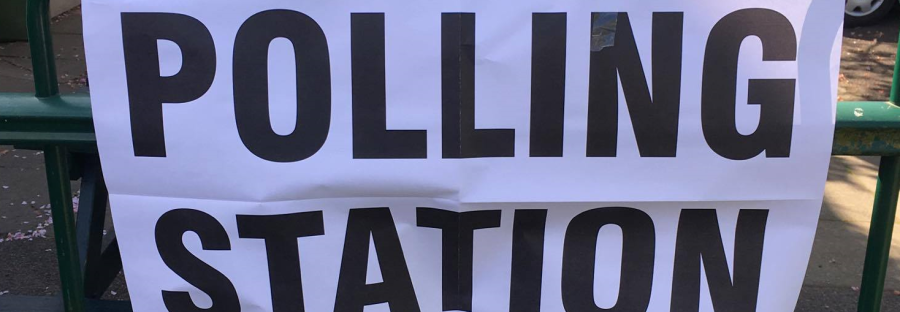The 7 North West constituencies to watch in the 2019 General Election
- The country will be looking to the north this General Election as much of the outcome will be decided here
- Many seats are up for grabs in one of the most unpredictable national polls in living memory
- Labour under immense pressure to defend its North West 'red wall' against the Tories
Barrow-in-Furness
This seat in Cumbria was held by Labour in 2017 with the tiny majority of 209. The Conservatives will be making this seat a top priority in the upcoming election, having previously won it twice in the elections of 1983 and 1987.
Recently, controversy struck as the Labour MP for the area, John Woodcock, decided to step down and even urged his constituents to vote Conservative, citing Jeremy Corbyn’s leadership as the main cause of his disaffection.
Chris Altree replaced Mr Woodcock for Labour, but many early polls coming from the predominantly Leave-voting constituency suggests Labour may lose this marginal to the Tories.
Blackpool South
Blackpool South has been held by Gordon Marsden of the Labour Party since 1997, but the seat has become much more marginal in recent elections.
In the 2016 EU Referendum, Blackpool South voted overwhelmingly to leave, with estimates of over two-thirds of voters choosing to depart the union.
Labour’s second referendum policy may be a hard pill to swallow for some voters, but whether there is enough swing towards the Conservatives to unseat Labour here is too close to call.
Bolton North East
Unlike Bolton South East that has a healthy Labour majority of 31%, Bolton North East has become a target for the Conservatives due to its slimmer Labour majority of 8.4%.
This constituency voted an estimated 58% in favour of leaving the European Union, and had been in control of the Conservatives prior to the 1997 General Election.
It is sure to be a nail biting result on election night as some predictions have the seat at 51% in favour of a Labour hold, with a 48% likelihood of a gain by the Conservatives.
Cheadle
The Liberal Democrats held the seat of Cheadle from 2001 until it fell to the Conservatives in 2015, but they will be making a huge effort to regain it at this election.
The Conservatives are sitting on a 4,507 majority in this constituency, but the Lib Dems increased their vote share at the last election. The seat had an estimated 57% vote for Remain in the 2016 Referendum, so many here may be swayed to vote for the Lib Dems ‘stop Brexit’ message.
Cheadle is seen as one of the main target seats by pro-EU tactical voting sites who are imploring Labour voters to switch to the Liberal Democrats to unseat the incumbent Conservative.
Crewe and Nantwich
Crewe and Natwich is one of the most prominent marginal seats in the country.
In 2017, Labour gained the seat from the Conservatives by a majority of just 48, the 8th closest result in the last election.
This constituency has bounced between both Labour and the Conservatives numerous times since its creation in 1983. A poll by YouGov predicted a Conservative win here, however they acknowledge that it is entirely dependent on how much of the Leave vote is lent to the Brexit Party.
Westmorland and Lonsdale
This constituency’s current incumbent is former Liberal Democrat leader, Tim Farron.
In the last election, the Conservatives had a swing of +11.1%, but Farron managed to narrowly escape defeat with a majority of just 777. The seat is fairly divided on the issue of Brexit, with an estimated 53% in favour of Remain against 47% for Leave.
With Farron and the Lib Dems running on the platform of revoking Article 50, it may be a tough battle to hold on to the seat, especially since the Labour Party are predicted to increase their vote share which may split the Remain vote.
Stoke-on-Trent North
Stoke-on-Trent North has been held by Labour since its inception in 1950, however Ruth Smeeth returned the seat’s lowest Labour majority in its history in 2017 with only 2,359 votes.
The constituency is heavily in favour of leaving the EU with an estimated 72% vote share in 2016, the 16th highest Leave result in the country.
Labour’s second referendum commitment may drive more voters to leave the party and find homes in either the Conservatives or the Brexit Party, the latter being Labour’s best hope at keeping hold of the seat. The majority of polls coming from the constituency point towards a Conservative gain, Chris Curtis of YouGov describes this potential Tory gain as “one of the most dramatic changes in the country.“


